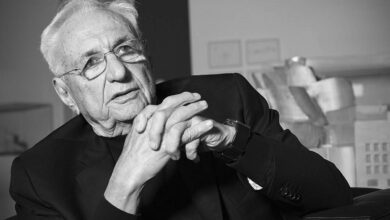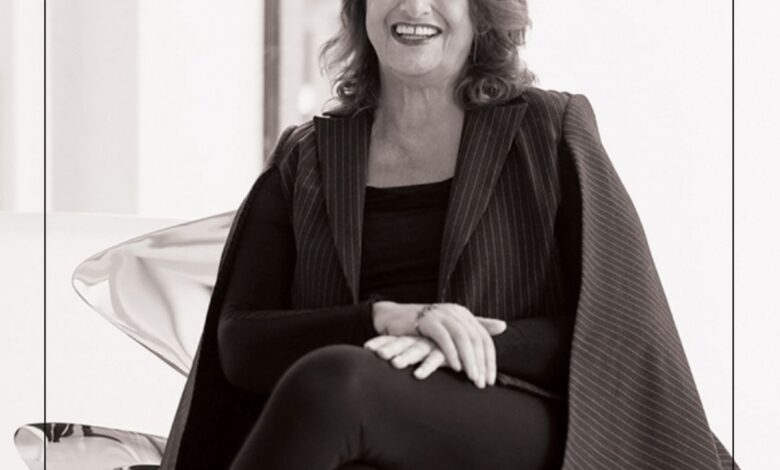
Zaha Hadid Architect: Visionary of Modern Architecture
The Visionary Who Transformed Contemporary Architecture

Introduction
Zaha Hadid Architect stands as a monumental figure in the evolution of contemporary architecture. Known for her daring designs and boundary-breaking vision, she reimagined the way structures could flow and interact with space. As the first woman to receive the prestigious Pritzker Architecture Prize, her work inspired a new generation of architects and introduced the world to a new architectural language rooted in movement, asymmetry, and innovation.
In this article, we’ll explore Zaha Hadid’s journey, the philosophy behind her designs, her most iconic works, and the legacy she left behind—a legacy that continues to reshape skylines across the globe.
Table of Contents
- Early Life and Education
- Career Beginnings and Design Philosophy
- Breakthrough Projects
- Signature Architectural Style
- Major Works Around the World
- Impact on Architecture
- Legacy and Influence
- Final Thoughts on Zaha Hadid
Key Takeaways
- Zaha Hadid was a pioneering figure who introduced fluid, futuristic forms into modern architecture.
- Her work combined digital innovation with bold aesthetics, leading to projects that reshaped entire cityscapes.
- As the first female Pritzker Prize winner, she redefined what was possible—not only in design but also in breaking gender barriers in the field.
- Her legacy lives on through the global work of her firm and the architects she continues to inspire.
1. Early Life and Education of Zaha Hadid Architect
Zaha Hadid was born on October 31, 1950, in Baghdad, Iraq, into a progressive and educated family. Her father, a prominent economist and politician, and her mother, an artist, nurtured her creativity from a young age. Growing up in a culturally rich environment, Hadid developed a deep interest in mathematics and design—two disciplines that would later become foundational to her architectural career.
She attended boarding schools in England and Switzerland before studying mathematics at the American University of Beirut. Her academic journey took a decisive turn when she moved to London to attend the Architectural Association School of Architecture (AA), a hotbed for radical thinking and design experimentation in the 1970s.
At the AA, Hadid studied under influential figures like Rem Koolhaas and Elia Zenghelis, who recognized her exceptional talent. Even during her student years, her work was marked by bold conceptual ideas and abstract geometric forms. She graduated in 1977 and quickly established a reputation as a visionary thinker who approached architecture like art—complex, expressive, and unafraid to defy convention.
2. Career Beginnings and Design Philosophy
After completing her studies, Zaha Hadid took an early step into the professional world by joining the Office for Metropolitan Architecture. There, she spent a short period working alongside two of her former teachers, Rem Koolhaas and Elia Zenghelis. Eager to shape her own architectural voice, she soon moved on to launch her own firm, Zaha Hadid Architects, in London in 1980.
In the early years of her career, Hadid became known for her radical conceptual drawings and paintings. Her architectural visions were so ahead of their time that many were considered “unbuildable.” She was often referred to as a “paper architect”—a label that, while dismissive, also highlighted the visionary quality of her work.
Despite early skepticism, Hadid remained committed to her core belief:
Architecture should reflect dynamism, not rigidity.
She rejected right angles in favor of sweeping lines, fragmented geometry, and layered spatial experiences. Drawing inspiration from nature, landscapes, and abstract art, her philosophy embraced fluidity, motion, and transformation.
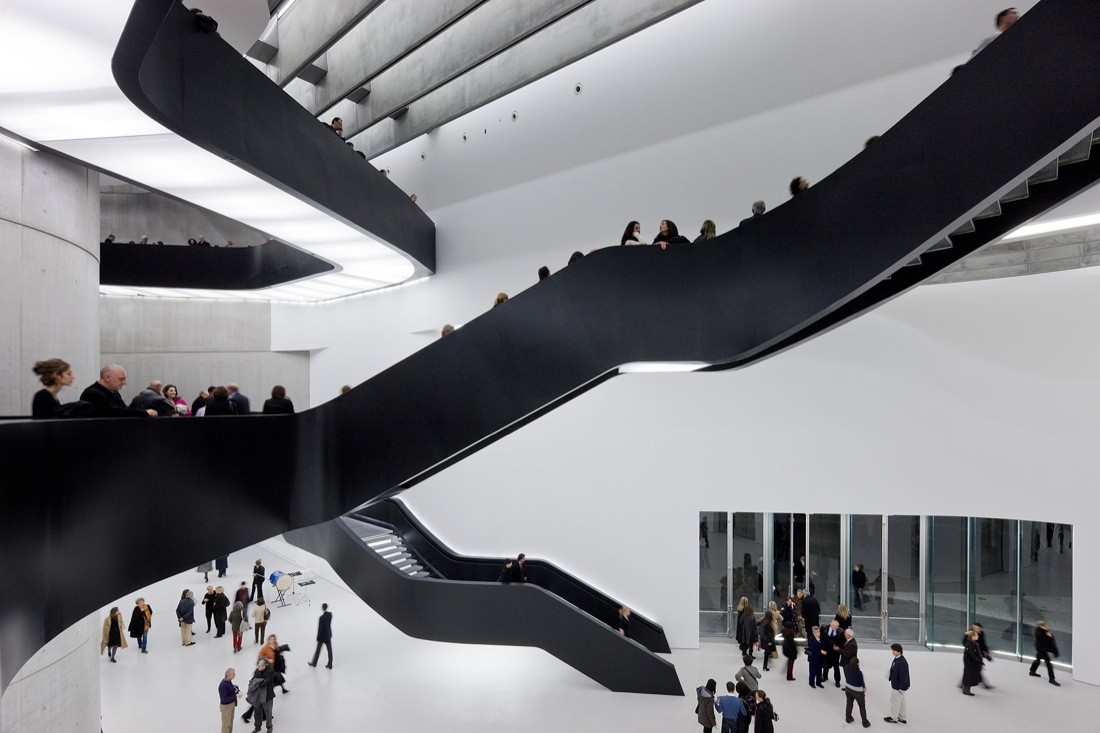
Technology also played a crucial role in shaping her approach. Hadid was among the first architects to fully integrate digital modeling and parametric design into her workflow, enabling her to create highly complex, expressive forms that would have been impossible to design by hand.
3. Breakthrough Projects
Zaha Hadid’s career-defining moment came in 1993 with the completion of the Vitra Fire Station in Weil am Rhein, Germany. Though relatively small in scale, the structure’s sharp angles, slanted walls, and dynamic composition marked her transition from theoretical design to built reality. It proved that her once-deemed “unbuildable” visions could, in fact, be constructed—and celebrated.
Another major milestone was the MAXXI – National Museum of 21st Century Arts in Rome, which opened in 2009. This project, with its fluid, intersecting galleries and concrete curves, embodied her belief in architecture as an immersive journey rather than a static space. The MAXXI won the Stirling Prize in 2010, affirming her place among the world’s top architects.
Hadid’s global breakthrough came with projects like the Guangzhou Opera House in China (2010) and the London Aquatics Centre, built for the 2012 Olympics. These landmark structures demonstrated her ability to fuse aesthetics and function on a massive scale, challenging traditional architectural norms.
Each of these projects showcased a consistent theme: bold geometry, seamless movement, and an intense attention to spatial storytelling. With every commission, Hadid pushed the boundaries further, turning ambitious concepts into sculptural icons of contemporary architecture.
4. Signature Architectural Style
Zaha Hadid didn’t just design buildings—she designed movement, tension, and drama frozen in form. Her architecture defied symmetry, dismissed straight lines, and gave rise to structures that felt like they were in motion even when completely still.
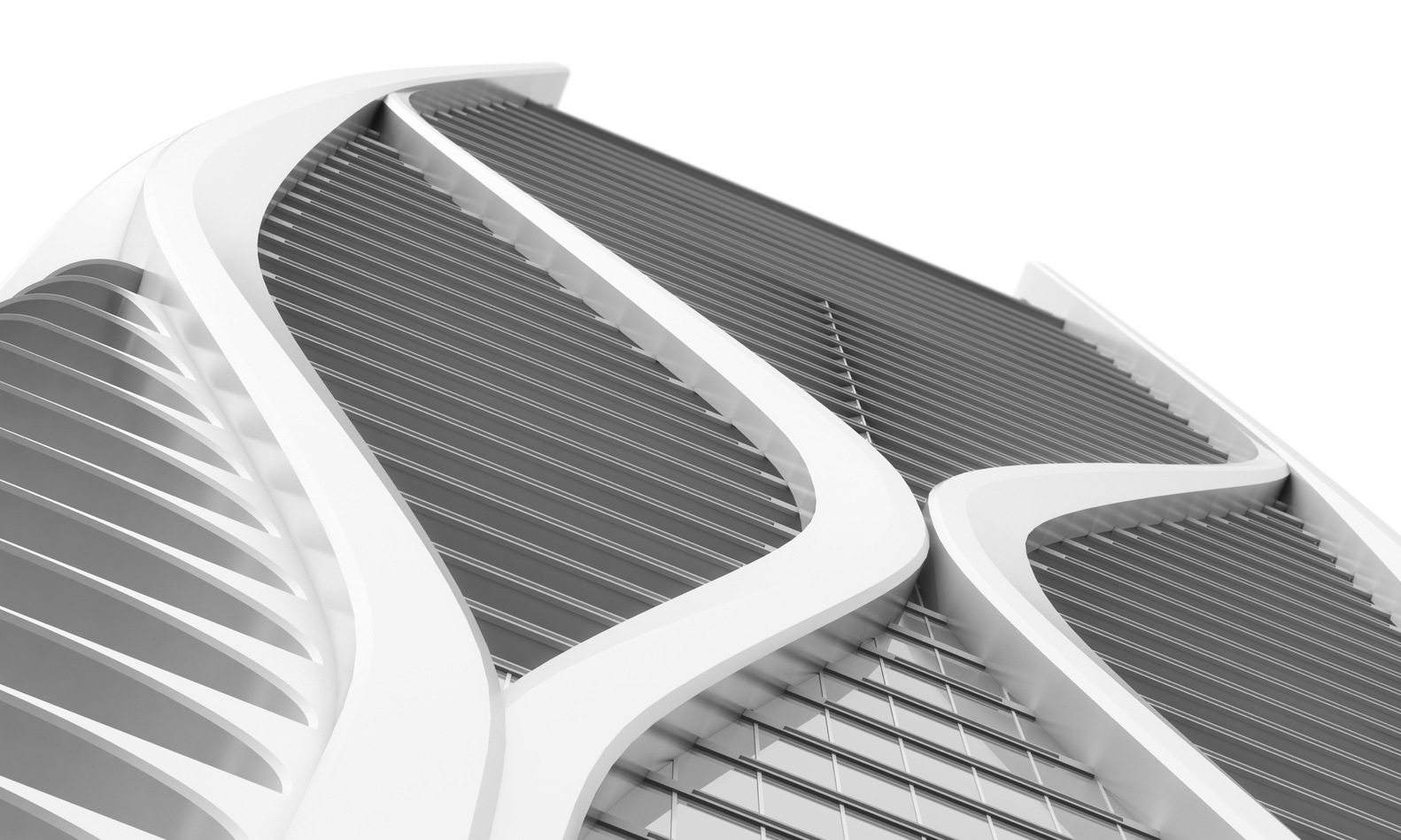
Her style is instantly recognizable: sweeping curves, sharp edges, and intersecting planes that challenge the eye. Many of her buildings appear as though they were sculpted by wind or water , shaped by natural forces rather than human hands. This organic fluidity is a signature trait in her portfolio, giving her work a sense of rhythm and flow rarely seen in conventional architecture.
What made Hadid’s approach revolutionary wasn’t just the way her buildings looked, it was the way they behaved in space. She treated architecture as a dynamic landscape, where voids and volumes play equally critical roles. Her use of bold geometry and non-linear design gave occupants the sensation of moving through an evolving narrative, rather than passing through static rooms.
Technology played a vital role in enabling this complexity. Hadid and her team leveraged advanced digital modeling tools long before they became standard practice, allowing her to generate intricate forms that felt otherworldly but were deeply rooted in precision.
More than anything, Hadid’s style was fearless. It ignored trends, rejected ease, and instead pursued the extraordinary. She turned concrete into poetry and metal into movement, redefining what buildings could be in the 21st century.
5. Major Works Around the World
Zaha Hadid’s architectural impact wasn’t confined to one city or continent, it spanned the globe. Her projects, from cultural landmarks to futuristic transit hubs, became centerpieces in urban landscapes, each one uniquely tailored to its environment yet unmistakably her own.
In China, the stands as a powerful symbol of transformation. Its twin pebble-like forms appear naturally embedded in the riverside, a sculptural dialogue between architecture and nature. The structure’s organic layout and sweeping interiors revolutionized expectations for public buildings in fast-growing cities.

In Azerbaijan, thein Baku redefined fluidity in architecture. The building’s continuous surface folds and undulates like fabric frozen in motion, symbolizing both national identity and futuristic vision. It’s one of Hadid’s most celebrated masterpieces—an emblem of her belief that architecture should dissolve boundaries between structure, art, and movement.
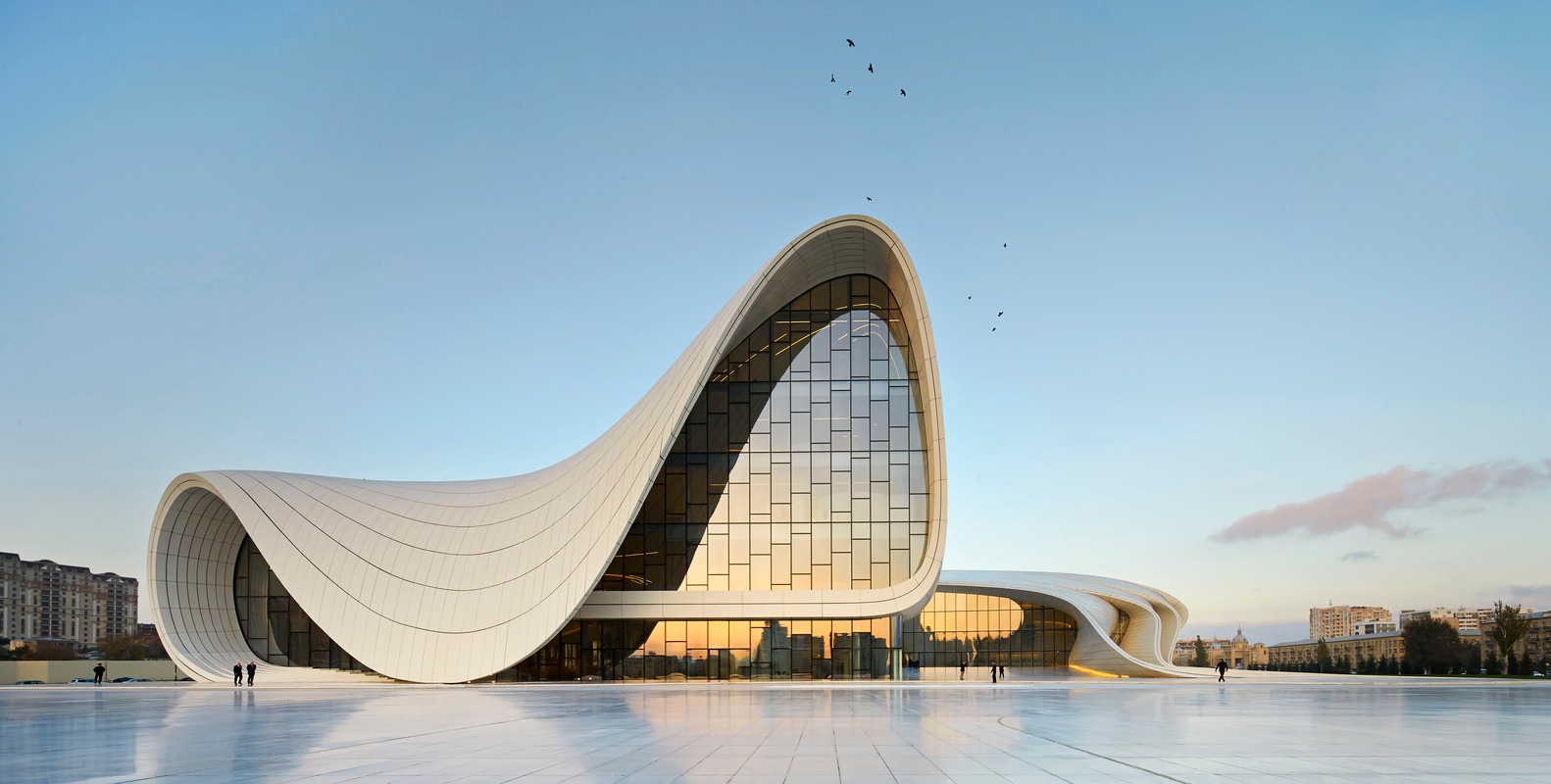
Closer to home, the London Aquatics Centre, built for the 2012 Olympic Games, showcased her ability to create grace from utility. With its wave-like roof and soaring form, the center brought elegance to an otherwise functional brief, earning admiration for both design and engineering finesse.

Hadid’s international footprint also includes the Dongdaemun Design Plaza in Seoul, the Sheikh Zayed Bridge in Abu Dhabi, and the Riverside Museum in Glasgow. Each project, while grounded in its local context, carried Hadid’s unmistakable signature: bold, fluid, and daringly different.
6. Impact on Architecture
Zaha Hadid didn’t simply contribute to architecture, she redefined its possibilities. Her presence in the field signaled a dramatic shift in how architects approached form, function, and even ambition. Before her, many public buildings followed safe, predictable blueprints. After her, bold experimentation became a legitimate and celebrated path.
One of her most profound impacts was on design language itself. She introduced a new vocabulary—one that prioritized fluid movement, asymmetry, and futuristic expression. Through her work, architecture became less about rigid structures and more about sculpting space with emotion and momentum. She proved that buildings could be expressive without compromising functionality.

Hadid also broke significant gender barriers in a male-dominated profession. As the first woman to win the Pritzker Architecture Prize in 2004, she opened doors for generations of female architects. Her success demonstrated that innovation wasn’t bound by gender, and her influence continues to empower women in design and construction worldwide.
Moreover, her pioneering use of parametric design tools helped bring digital modeling into mainstream architecture. Long before algorithms were common in design studios, Hadid and her team were pushing software to its creative limits—crafting complex geometries that challenged both engineers and builders.
But perhaps her greatest legacy lies in mindset. Zaha Hadid showed the world that architecture can be visionary—that it can dream as much as it builds. She gave permission to architects everywhere to imagine, to push boundaries, and to dare.
7. Legacy and Influence
Zaha Hadid’s legacy extends far beyond the striking buildings she created. She fundamentally changed the culture of architecture and inspired a new generation of designers to think beyond traditional limits. Her fearless approach encouraged architects to explore fluidity, fragmentation, and dynamic forms that challenge the norms.
Her firm, Zaha Hadid Architects, continues to thrive today, carrying forward her vision with new projects worldwide. The practice remains at the forefront of innovation, pushing technology and design into uncharted territory, just as she did.
Hadid’s influence also resonates in education and popular culture. Universities incorporate her work as essential study material, and her designs are celebrated in exhibitions and publications globally. She became a symbol of what creativity combined with tenacity can achieve, especially for women in architecture.
Beyond architecture, her work influenced product design, furniture, and even fashion, underscoring her belief that design should cross disciplines and inspire broadly.
Ultimately, Zaha Hadid’s legacy is one of transformation. She reshaped skylines, shattered glass ceilings, and reimagined what architecture could be—her spirit lives on in every daring curve and flowing line that challenges the status quo.
8. Final Thoughts on Zaha Hadid
Zaha Hadid’s name is synonymous with innovation, courage, and visionary design. She transformed architecture from static structures into dynamic works of art that move with the flow of their surroundings. As a trailblazer, she not only broke new ground with her fluid, futuristic aesthetics but also paved the way for women in a traditionally male-dominated field.
Her buildings are more than just places—they are experiences, narratives told in concrete, glass, and steel. Her legacy teaches us that architecture can challenge norms and inspire emotion, all while pushing technical boundaries.
In celebrating Zaha Hadid, we honor an architect who dreamed boldly and built fearlessly, forever changing the architectural landscape for generations to come.



